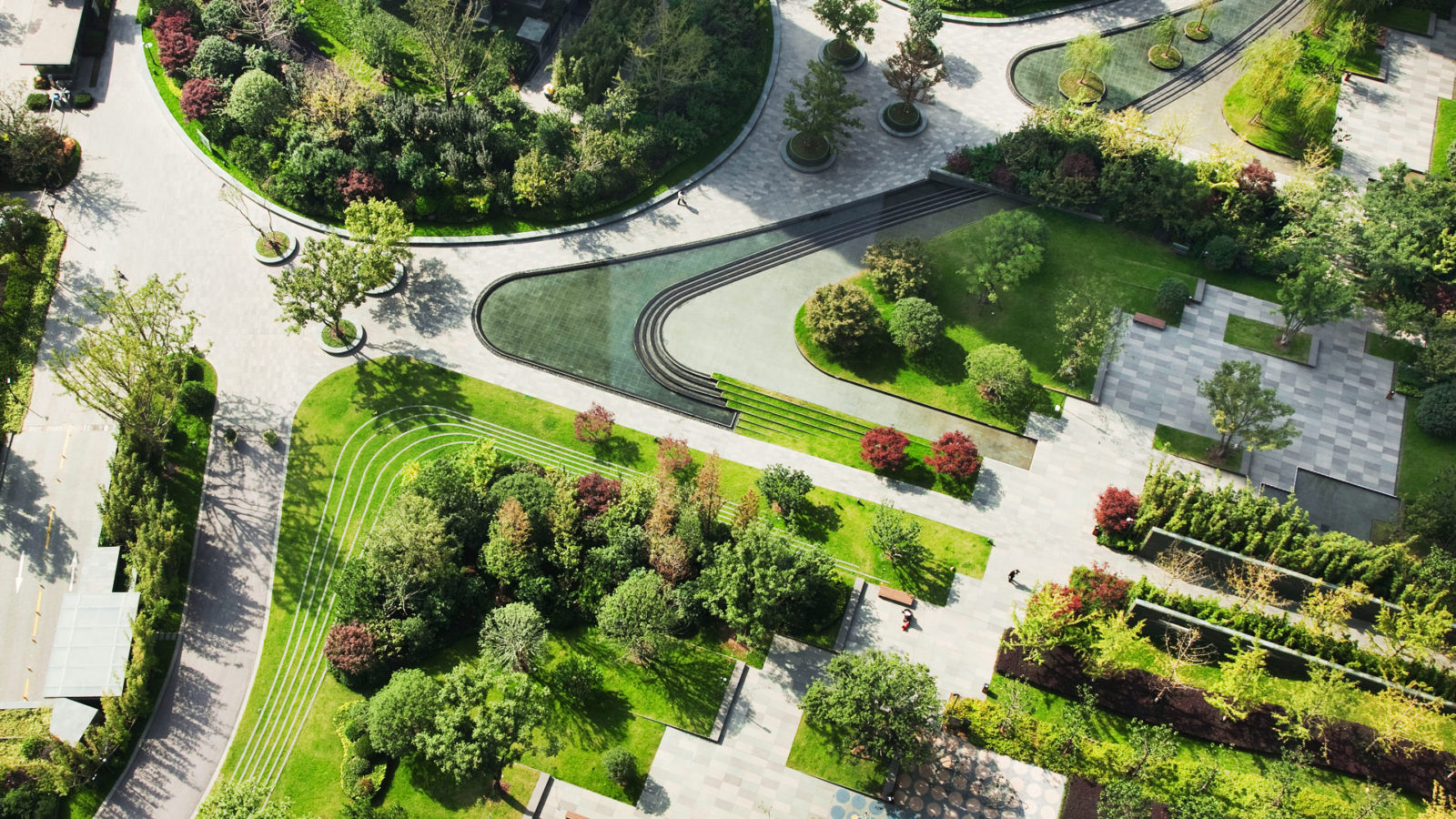Landscape architecture is a multifaceted discipline that involves the design, planning, and management of land. It incorporates aspects of art, science, environmental psychology, geography, ecology, and many more fields to create aesthetically pleasing and functional spaces. Landscape architects play an integral role in shaping outdoor spaces, from public parks to private gardens, from urban plazas to sprawling estates. They aim to create environments that are not only beautiful but also sustainable and in harmony with the natural surroundings.
The Role of Landscape Architects
Landscape architects are responsible for designing outdoor spaces to be both functional and attractive. Their work can include creating blueprints for a new park, planning the layout of a corporate campus, or designing a residential garden. These professionals often work closely with architects, surveyors, and engineers to ensure that the landscape design complements the overall plan. Their designs aim to blend the built environment with the natural one, promoting sustainability and enhancing the quality of life.
The Elements of Landscape Architecture
Landscape architecture incorporates various elements to create a cohesive design. These elements can include plants, trees, flowers, water features, pathways, benches, lighting, and other structures. The choice and arrangement of these elements depend on the project’s purpose, the local climate, and the client’s preferences. Landscape architects use their knowledge of horticulture, soil science, and environmental psychology to create designs that are sustainable, pleasing to the eye, and conducive to human well-being.
The Process of Landscape Architecture
The process of landscape architecture involves several stages. It begins with site analysis, where the landscape architect assesses the site’s existing conditions and potential. This is followed by conceptual design, where initial ideas are formed and presented to the client. Once the concept is approved, the detailed design phase begins, which includes the preparation of construction documents. The final stage is construction administration, where the landscape architect oversees the project’s implementation to ensure it aligns with the design.
The Importance of Landscape Architecture
Landscape architecture plays a crucial role in our daily lives. It contributes to the aesthetic appeal of our surroundings, enhances our physical and mental well-being, and promotes environmental sustainability. By creating spaces that are enjoyable to be in and easy to navigate, landscape architects improve our quality of life. Furthermore, their work helps to conserve natural resources, protect biodiversity, and mitigate the effects of climate change.
FAQs:
1. What education is required to become a landscape architect?
A bachelor’s or master’s degree in landscape architecture is typically required to enter the field. This is often followed by an internship and passing the Landscape Architect Registration Examination.
2. What skills do landscape architects need?
Landscape architects need strong design skills, a good understanding of horticulture and environmental science, proficiency in CAD software, and excellent communication and problem-solving abilities.
3. Can landscape architects work on residential projects?
Yes, landscape architects often work on residential projects, designing gardens, patios, decks, and other outdoor spaces to enhance the home’s aesthetic appeal and functionality.
4. Is landscape architecture a good career?
Landscape architecture can be a rewarding career for those who enjoy working outdoors, have a keen eye for design, and are passionate about environmental sustainability.
5. What is the difference between landscape architecture and landscape design?
While both involve designing outdoor spaces, landscape architecture is a broader field that encompasses urban planning, environmental restoration, and site planning. Landscape design, on the other hand, focuses more on the aesthetic arrangement of plants and other features within a landscape.
In the realm of built environments, landscape architecture holds a unique position. It bridges the gap between building architecture and the natural world, shaping the spaces we inhabit daily. Whether it’s a bustling city park, a serene garden, or a sustainable urban plaza, the work of landscape architects is all around us, enhancing our lives in myriad ways. By harmonizing human needs with environmental considerations, landscape architecture plays a vital role in creating a more sustainable and enjoyable future.
